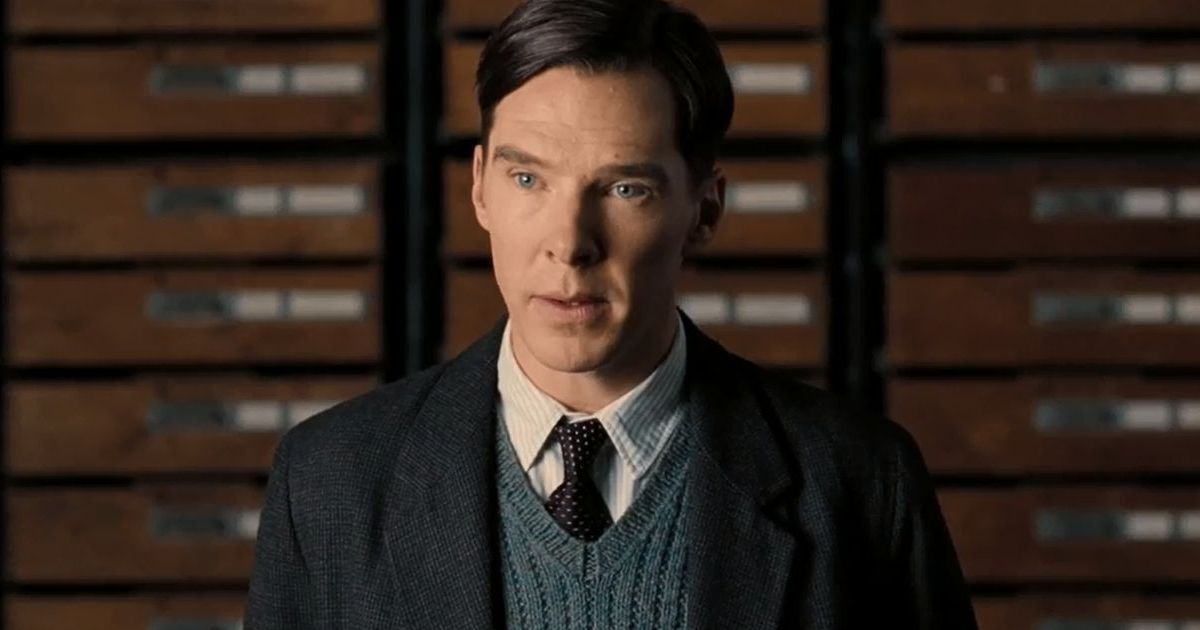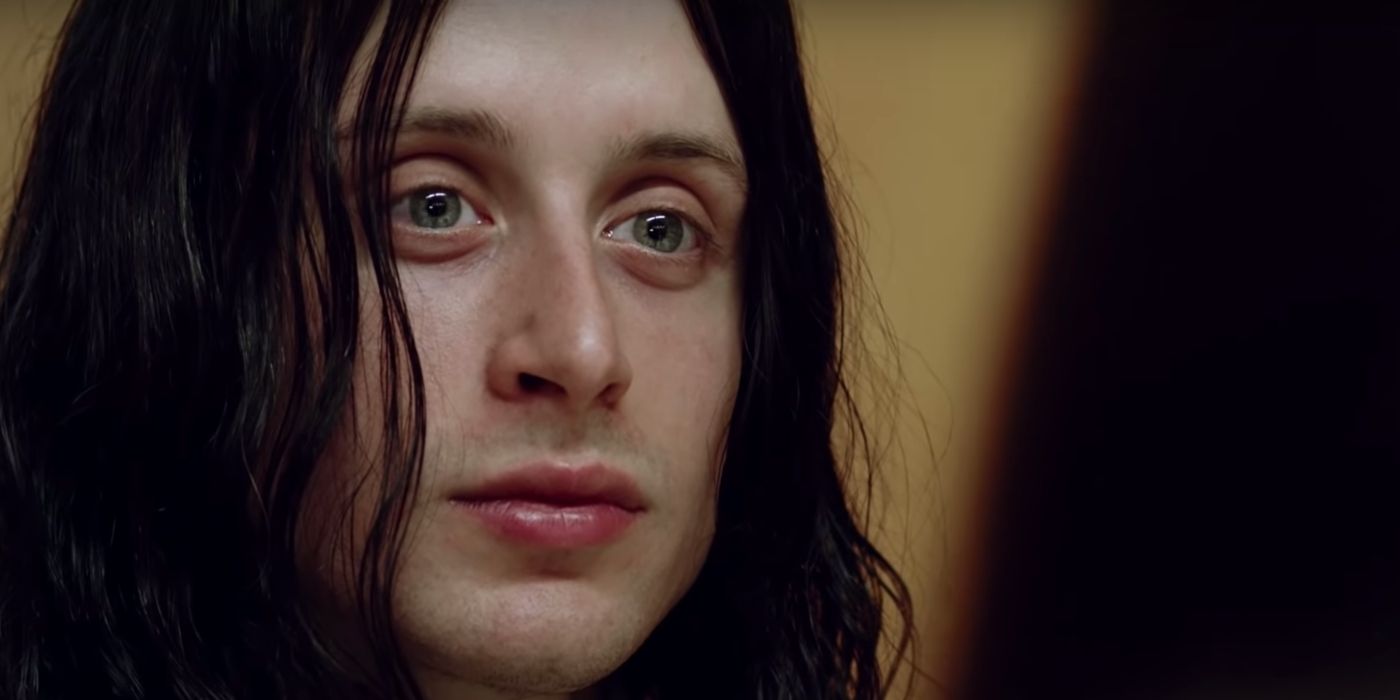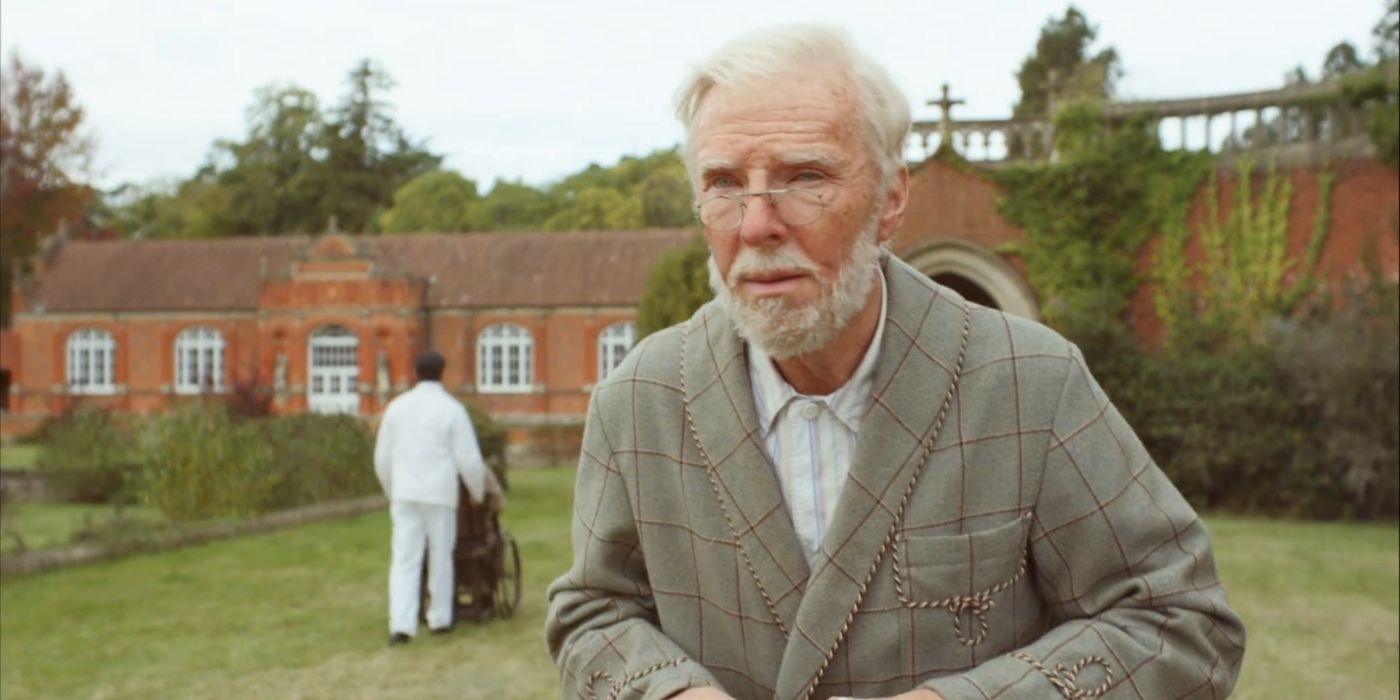It’s strange to think about these days, but there was a time when cats weren’t thought of as lovable pets, but rather as mouse hunters at best and pests at worst. Their public image has obviously changed significantly over the centuries, and one figure who had a hand in this change was the British artist Louis Wain. Wain saw great fame in Victorian-era England for his many cat cartoons, turning the humble feline from a vicious predator into a beloved and ridiculous member of the family.
Wain got the biopic treatment in the 2021 Prime Video release The Electrical Life of Louis Wain, directed by Will Sharpe and starring Benedict Cumberbatch. Despite the middling critical response (68% on Rotten Tomatoes), the film is a wondrous, whimsical, deeply moving story of genius and madness, visually stunning and beautifully acted by Cumberbatch, Claire Foy, and other British thespians. It might be Cumberbatch’s most underappreciated work, and one that certainly doesn’t deserve to be relegated to the streaming dustbin.
‘The Electrical Life of Louis Wain’s’ Portrait of Mad Genius
Cumberbatch has a habit of playing brilliant oddballs whose genius marks them as outsiders, from Sherlock Holmes to Dr. Strange to The Imitation Game’s Alan Turing. In many ways, Louis Wain is another of these sorts of characters. He’s what would likely today be called an intuitive genius, able to whip up a drawing in mere minutes using both hands, among his many other pursuits. His skill as an artist lands him a job as a staff illustrator for a London newspaper, overseen by the kindly Sir William (Toby Jones).
Louis needs the work, since he has to provide for his five sisters, the eldest of whom, Caroline (Andrea Riseborough), has just added to their expenses by hiring a governess named Emily (Foy). Louis and Emily quickly find themselves falling for each other, even as her “lowly” social status brings much scandal to the family name. Louis doesn’t care, and the two marry and move to the countryside, where they end up adopting a stray kitten, sending Louis on the course that would define his artistic life.

Related
Best Benedict Cumberbatch Movies from the 2010s, Ranked
If you’re a big fan of Benedict Cumberbatch’s work, here is a detailed ranking of his best movies from the 2010s.
It all sounds pretty silly, and at times it is, but Louis’ story is also full of great tragedy and misfortune. The latter half of the film shifts into a more melancholy gear, as Louis’s star rises considerably even as his financial fortunes remain unchanged. Louis never copyrighted his images, allowing them to be reproduced without any compensation, while his art became the talk of the town. Later in life, Louis finds himself slipping further into severe mental illness, spending his final years in asylums as his cat portraits become stranger and more abstract.
Why Louis Wain (and ‘Louis Wain’) Deserves To Be Remembered
Structurally, The Electrical Life is fairly straightforward, following Wain from his younger days through his years of fame and his eventual decline. However, it’s the details that really make the film shine. For one, it’s visually stunning, thanks to cinematographer Erik Wilson’s gorgeous, painterly compositions. He manages the impossible: making Victorian London seem like an enchanting destination.
The acting is also stellar across the board, led by Cumberbatch and Foy’s winning chemistry, making their short-lived romance utterly heartbreaking. Supporting players like Jones, Riseborough, and Adeel Akhtar, as Wain’s brief acquaintance Dan Rider, all have a lot of fun with the material, the whole thing wrapped in Olivia Colman’s droll narration.

Related
10 Obscure Biopics You’ve Probably Never Heard Of
From absurdist musicals to heavy dramas about heavy metal, these great biopics failed to leave their mark on the mainstream.
The tone of the film is slightly elevated beyond the realm of realism, which some might think keeps the emotional impact at a distance. But this feels appropriate for a figure like Wain, who seems to exist in his own, more vibrant reality most of the time. Things get more surreal in the final stretch, as Sharpe visualizes Louis’ decline in all kinds of ways, from humans with cat heads to kaleidoscopic visuals that mirror his later proto-psychedelic compositions. Louis Wain might not be a household name, and his commercial work might not be considered “serious” art in certain circles, but he had an outsized impact during his lifetime that continues to reverberate a century later. He’s worthy of a biopic, and Sharpe’s film ably captures the complicated genius of such a singular figure.
For all the great things that the streaming revolution has brought to popular culture, releases that don’t make a huge cultural splash sometimes risk slipping into the back pages of streamers’ vast libraries, if not eventually disappearing altogether. As cinema continues its shift from art to IP, anything that isn’t thought to have sufficient value is likely to be forgotten, particularly without any sort of physical release. Hopefully, people will continue to discover The Electrical Life of Louis Wain for years to come on Prime Video, saving it from falling down the streaming memory hole. At the very least, look up Wain’s art; it’s impossible not to love. Much like its subject, the movie might not have been fully appreciated in its own time, but its charms can’t stay hidden for long.
This story originally appeared on Movieweb


